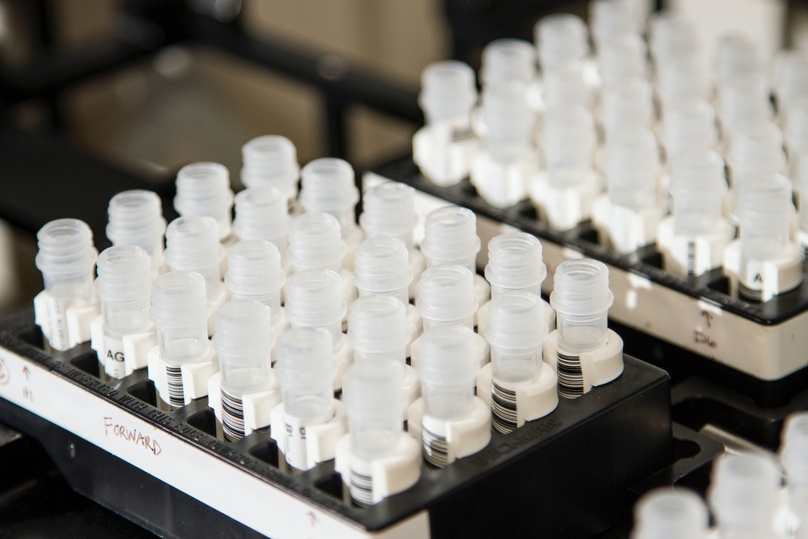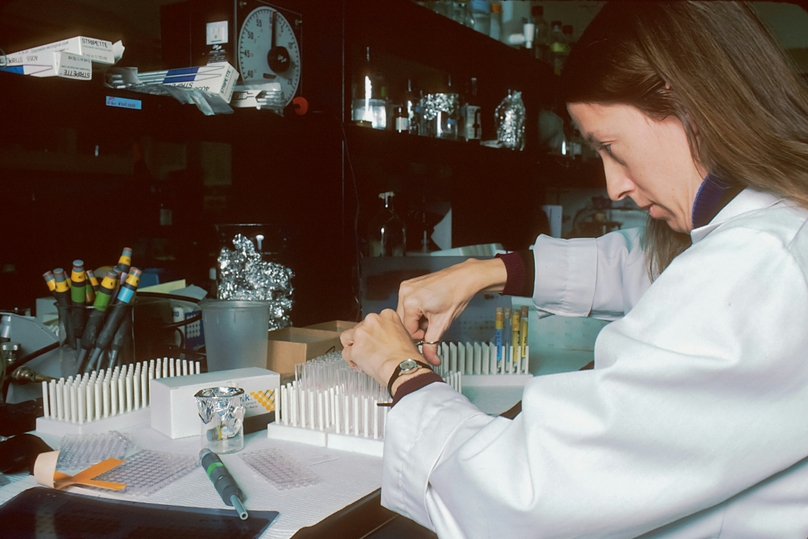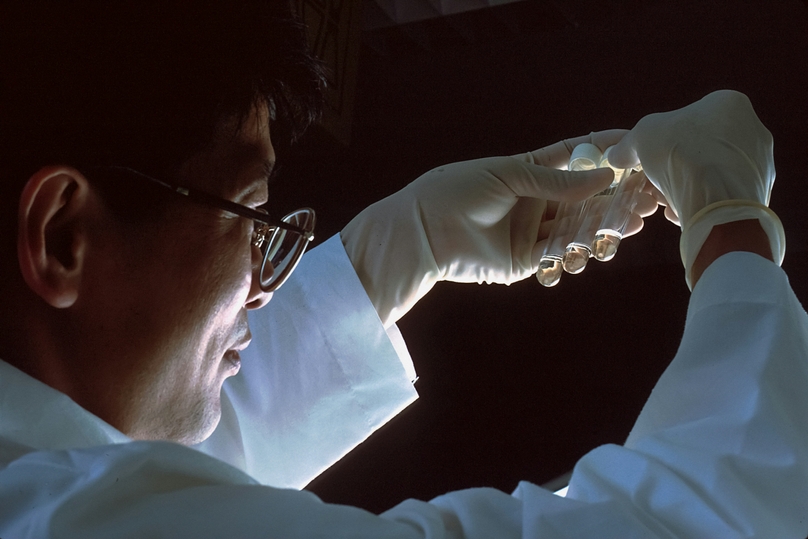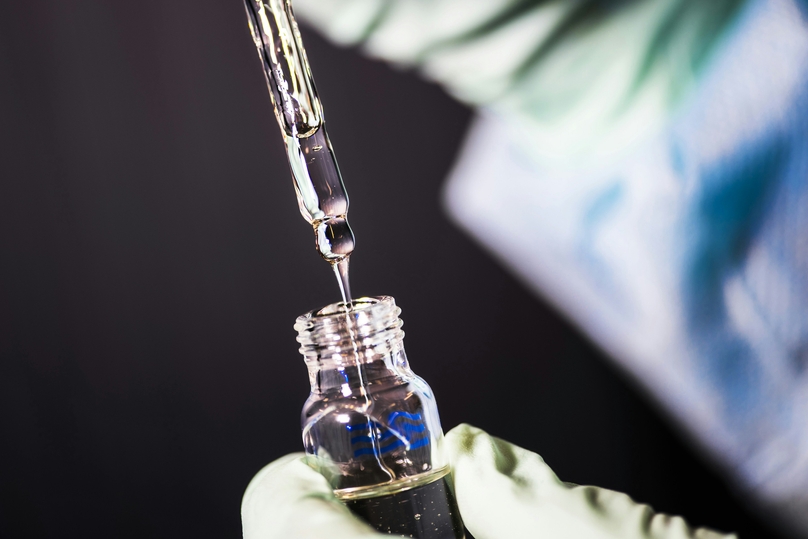Laboratories play a pivotal role in scientific research and innovation, but managing inventory can be a daunting task that affects efficiency, productivity, and ultimately, profitability. Effective inventory management is essential not only for maintaining smooth operations but also for optimizing resource allocation and reducing costs. In this article, we'll explore actionable strategies on how to improve lab inventory management and boost overall profitability.
Embrace Technology
Technology has revolutionized inventory management, offering tools that streamline processes and enhance accuracy. Implementing a Laboratory Information Management System (LIMS) can provide real-time tracking, automated alerts for low stock levels, and improved data management. LIMS can significantly reduce human error and save valuable time spent manually tracking inventory.
Categorize and Organize
Begin by categorizing your inventory into logical groups such as chemicals, equipment, reagents, and consumables. Each category should have a designated storage area with clearly labeled shelves or cabinets. Proper organization prevents time wastage searching for items and minimizes the risk of stockouts or overordering.
Set Reorder Points
Determine reorder points for each item in your inventory. Reorder points are the minimum quantities at which you should initiate the process of restocking. This proactive approach prevents unexpected shortages that could disrupt research progress and lead to costly rush orders.
Implement Barcoding and RFID
Barcoding and radio-frequency identification (RFID) technology offer automated tracking and efficient data collection. Barcoded labels can be scanned to update inventory quantities and trigger reorder processes. RFID tags enable real-time tracking and can reduce the need for manual data entry.
Regular Audits and Reviews
Schedule regular inventory audits to reconcile physical counts with recorded quantities. Regular reviews of inventory data can help identify slow-moving or obsolete items that can be discontinued, saving both storage space and money.
Vendor Relationship Management
Cultivate strong relationships with suppliers and vendors. Effective communication can lead to negotiated discounts, bulk purchase incentives, and more favorable terms. Regularly reviewing supplier performance can help you identify reliable partners and address any issues promptly.
Just-in-Time Inventory
Implement a just-in-time (JIT) inventory approach when applicable. JIT involves ordering and receiving inventory as it is needed, minimizing excess stock and reducing storage costs. However, careful planning and coordination are necessary to ensure that you never run out of critical supplies.
Cross-Functional Collaboration
Effective inventory management involves collaboration among different departments within your organization. Regularly communicate with researchers, procurement teams, and finance to align inventory levels with research needs and budget constraints.
Training and Documentation
Invest in training your lab staff on proper inventory management procedures. Clear documentation and standardized protocols ensure consistency and reduce the chances of errors. When new team members join, provide thorough training to maintain a well-informed workforce.
Data-Driven Decision Making
Leverage data analytics to make informed decisions about inventory management. Analyzing consumption patterns, lead times, and historical data can guide you in adjusting reorder quantities, identifying cost-saving opportunities, and optimizing stock levels.
Dispose of Expired or Unused Items
Regularly review your inventory for expired or unused items. Disposing of these items not only frees up storage space but also prevents potential safety risks and financial losses associated with keeping expired materials.
Continuous Improvement
Inventory management is an ongoing process that requires continuous evaluation and improvement. Encourage feedback from lab members, track the effectiveness of implemented strategies, and make adjustments as needed.
Improving lab inventory management is a strategic endeavor that can significantly impact profitability and efficiency. Embracing technology, categorizing inventory, setting reorder points, and fostering cross-functional collaboration are just a few of the steps that can lead to more streamlined operations and reduced costs. By implementing these strategies and maintaining a culture of continuous improvement, laboratories can enhance their overall profitability while delivering groundbreaking scientific advancements.


















